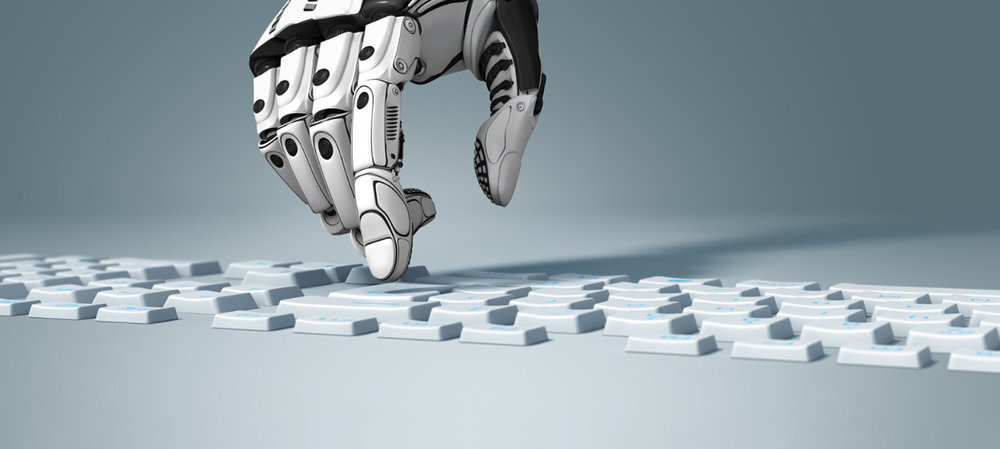
Robotic Process Automation
How EXSYN’s RPA capabilities help airlines,
MRO’s and lessors adopt RPA Successfully
Identifying the Right Processes
The right processes for automation is the basis for a successful roll-out of RPA. During workshops EXSYN's experts will map and score internal business process against EXSYN's unique RPA scoring model specifically designed for airline environments.
Ranked business processes for RPA adoption are the outcome of these workshops. The ranking being based on ability to automate the business process as well as the benefit it will bring to the business. The ranking serves as guiding document to select the right business processes for automation.
Build, train and deploy RPA bots
RPA bot needs to be build and trained in order to perform the applicable business process successfully. Typically the RPA bot will receive its own login into the applicable software systems it needs to work with.
Deployment of RPA bots can be done locally in your own IT network or be managed directly within EXSYN’s Aircraft Data Operations Platform.
examples of RPA BOTS for aviation
Creation of Work Packages
Automated creation of maintenance work-packages taking into account several planning parameters such as ground-time, material, manpower, stations.
Creation of Purchase Orders
Creation of purchase orders based on complex decision logic, accounting for supplier contracts, TAT, quoted prices, supplier historic performance.
Download of AD’s
Automatic downloading of FAA or EASA AD’s, including PDF document and recognition of content to allow entry of data into an MRO system.
Creation of Repair Orders
Creation of repair orders based on complex decision logic, accounting for supplier contracts, shop capability, TAT, quoted prices, supplier historic performance.
Download myBoeingFleet
Automatic downloading of documents from myBoeingfleet, using the content recognition layer to allow data entry information into an MRO system.
Automatic Data Verifications
Automated verification of component release certificates in order to verify if all required certificates are available as stated in the aircraft delivery binder.
Usage of RPA at Vueling Airlines
Creating line maintenance workpackages for 150+ aircraft on a daily bases is a daunting task. Learn how Vueling brought RPA into this process and automated the creation of line maintenance workpackages.
Get in touch
Leave your details below to learn more about EXSYN’s RPA capabilities, one of our specialists will get in touch with you to discuss your requirements.
hello@exsyn.com | +31 (0) 20 760 8200



